Bowes Museum
Museum In Barnard Castle, County Durham
Designed and built as a museum in the style of a French Chateau and housing 22 galleries. Famous for the amazing kinetic art of the Silver Swan.
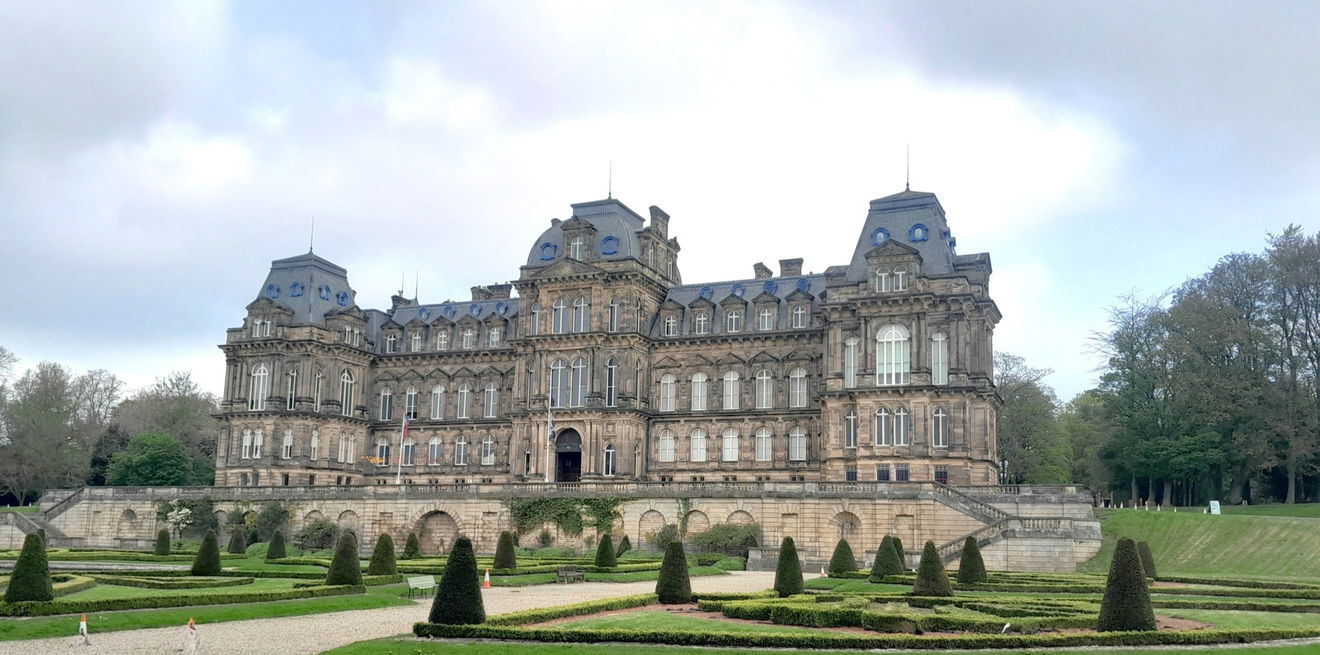
The grandeur of The Bowes Museum is easy to see and a must to explore. One visit will not be enough! Photographers and the curious will enjoy the nuances.




Situated in the picturesque Castle Barnard in Teesdale, nestled between the North Pennines and Yorkshire dales.

The style is French, and just look at all those windows! There are oeil-de-boeuf windows at the top. How many windows do you think there are? Over 100?
It is believed the Museum is also the first to use the metric system, so I doubt they got readymade windows, at least not locally.
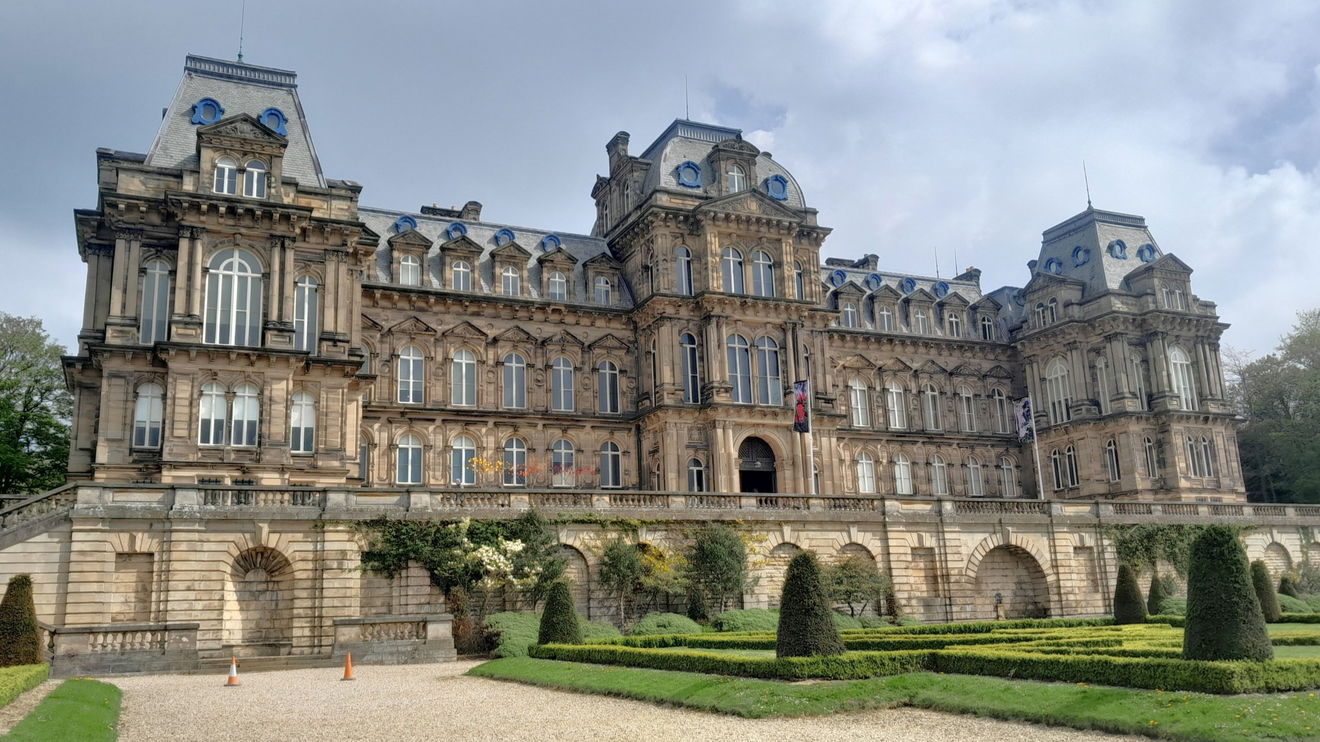
At the front of the house there is a large terrace and the formal parterre garden with fleur-de-lys and scallop motifs which are more noticeable from the upstairs windows.
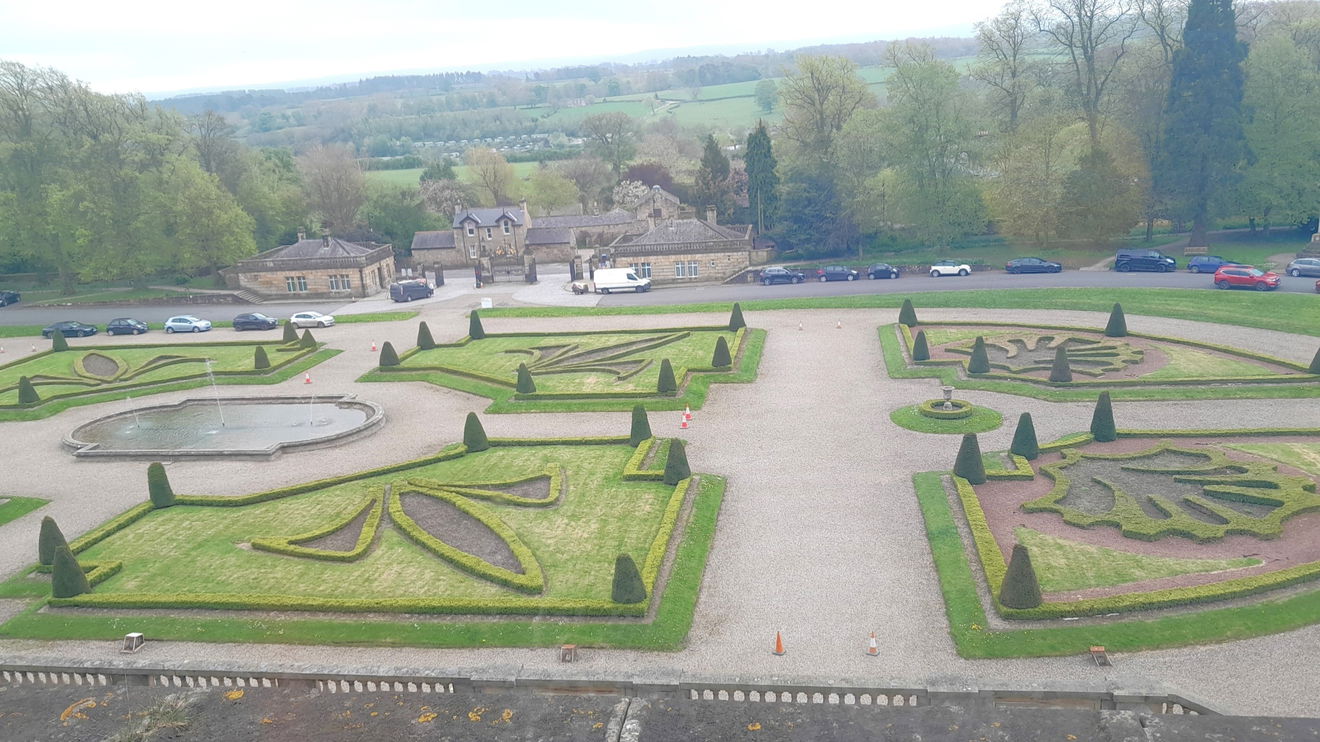
There are two memorials in the gardens, one War Memorial and one for Durham Light infantry which is a tall elegant cross.
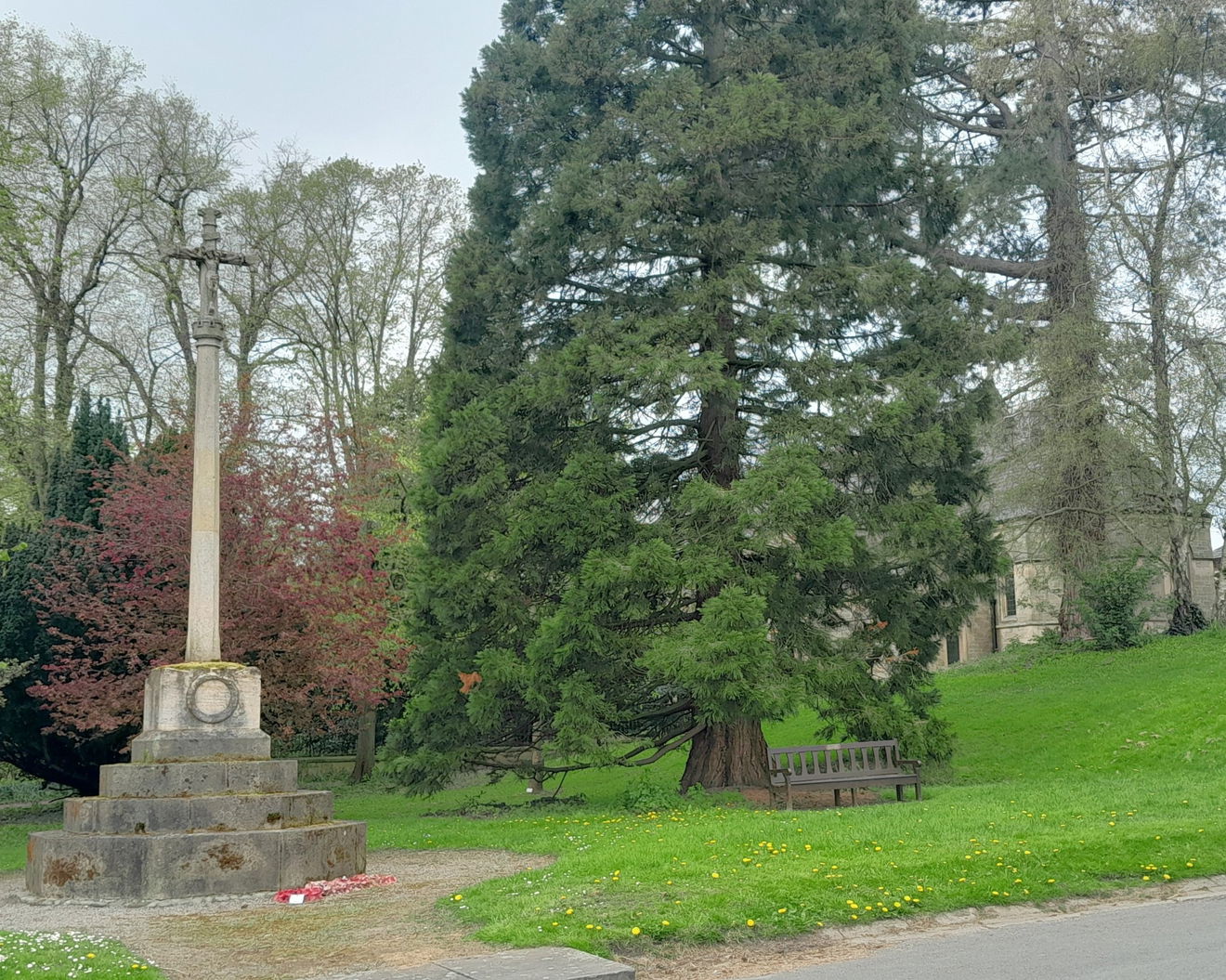

There was an object that got my attention which was a sundial in the garden.
I spoke to Alison White who is The Marketing and Communications Coordinator at Bowes, who supplied many insightful answers to my plethora of questions. She explained:
"The sundial in the grounds is an Armillary Sphere Memorial to the Queen Mother, who was the patron of The Friends of The Bowes Museum until her death. It was erected by the Friends in 2005 in her memory and was made by David Harber."
It's inscribed with 'hora transit manet amicitia' which means 'the hour passeth, friendship endured'.
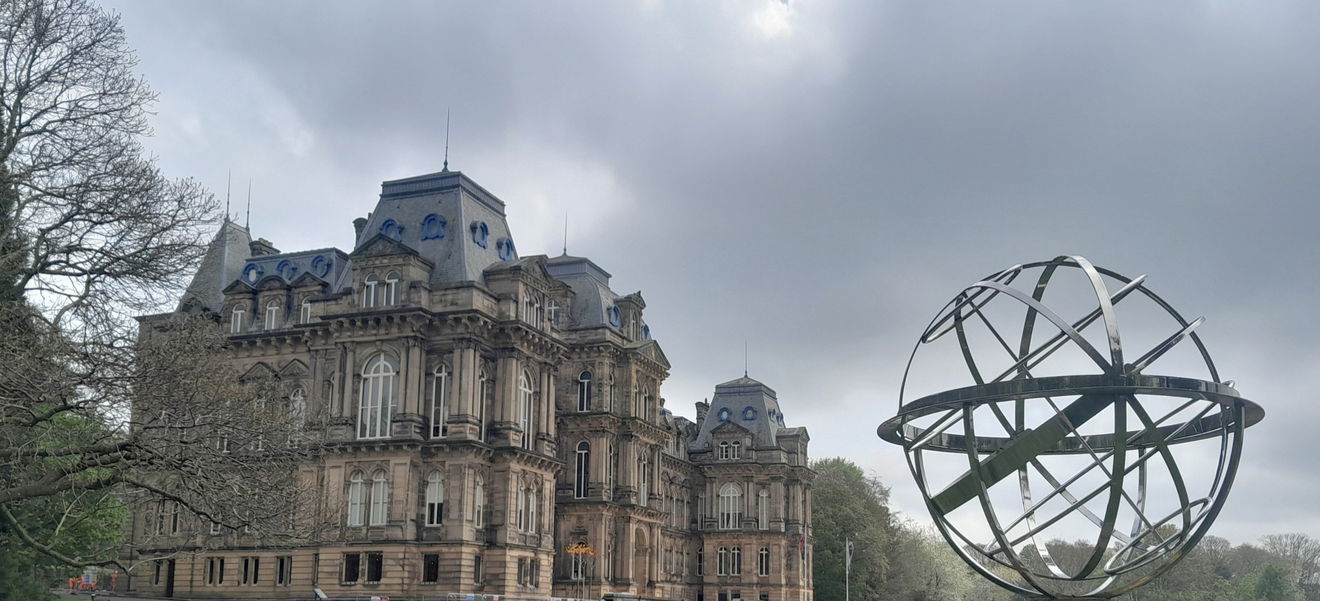

Notice how austere the back of the house is. Alison said:
"The Museum was purpose built as a Museum by its founders and is in the French style to make Joséphine feel more at home in Teesdale. (she was French) It's thought to have been modelled on the old town hall in Le Havre. I'm afraid we don't know about the back of the building as we have no design drawings for it. However there was a reservoir behind so perhaps it's because it wasn't 'seen'."
To note the picture galleries are the rooms inside these walls on this side of the museum.
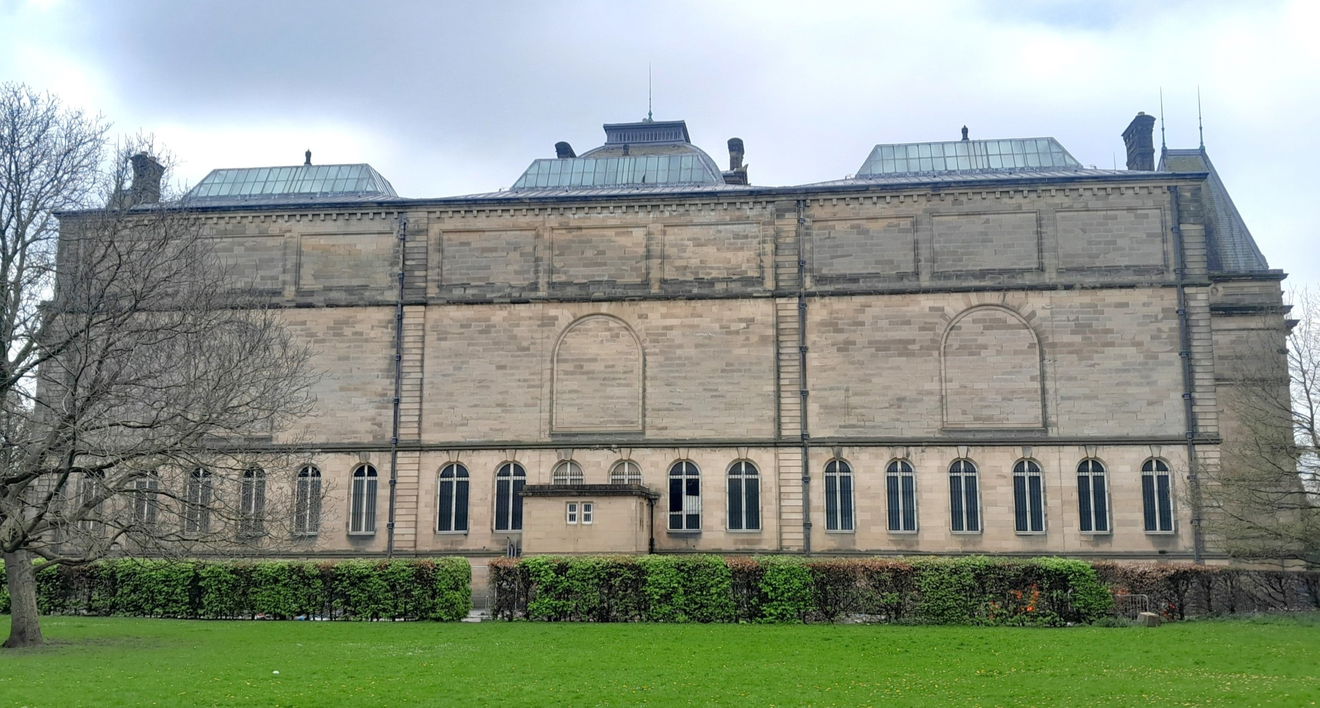
The entrance hall to the museum has a grand staircase and you are encouraged to start your visit on the first floor to watch a short film about Bowes. It sets you up for some of the delights.

The background to this museum is important and plays a part in its character. There is a catalogue of history so here are some snippets about the actress and the illegitimate child.
John Bowes the 10th Earl of Strathmore (1769 to 1820) made his wealth in Lead and coal mining. A bachelor for most of his life until at the age of 40 he had a long affair with Mary Milner, the daughter of a gardener and a commoner, so I guess marriage was looked down upon. I understand Mary did live in his house but did not enter society or entertain. She was knowledgeable and her advice was considered.
Mary bore our man John Bowes (1811 to 1885). On his deathbed, the Earl married Mary and died the next day. John Bowes junior inherited the estate in Trust (there were legal proceedings) as he was only 9. He did not inherit the titles. Had he lived in Scotland the law would have been in his favour but he did not and English law recognised him as being illegitimate at birth. The title was contested by the 10th Earl's brother Thomas Bowes-Lyon who won the 4 year legal proceedings to became the 11th Earl and procured all estates in Scotland. He was the late Queens Mothers Great Great Grandfather.
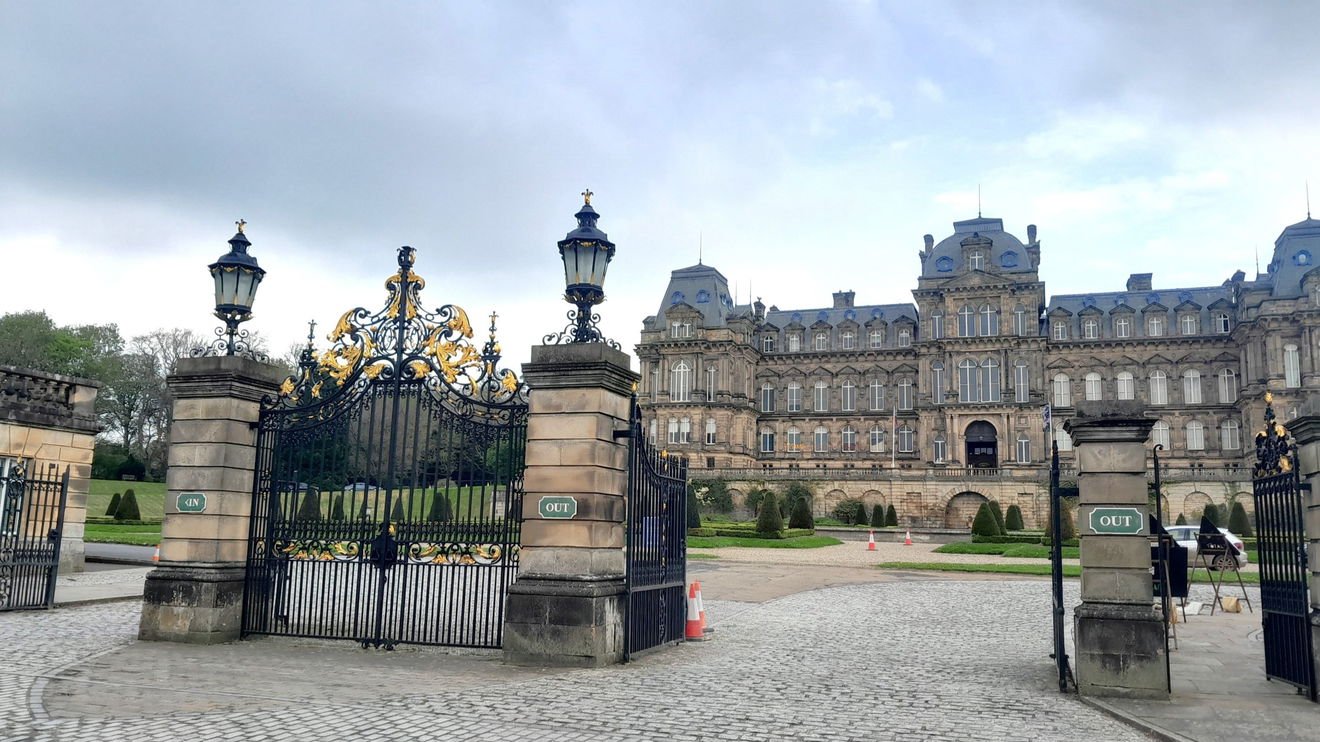
John Bowes was raised at Gibside which was part of the Bowes estate. He was educated at Eton and Trinity College Cambridge, became a whig at 21 years old, and had a passion for horses, art, and theatre.
Horseracing was very successful for him with studs at Streatham and Gibside. He also became an art dealer and loved the theatre. The family fortune was made from lead and coal mining and John continued with coal.
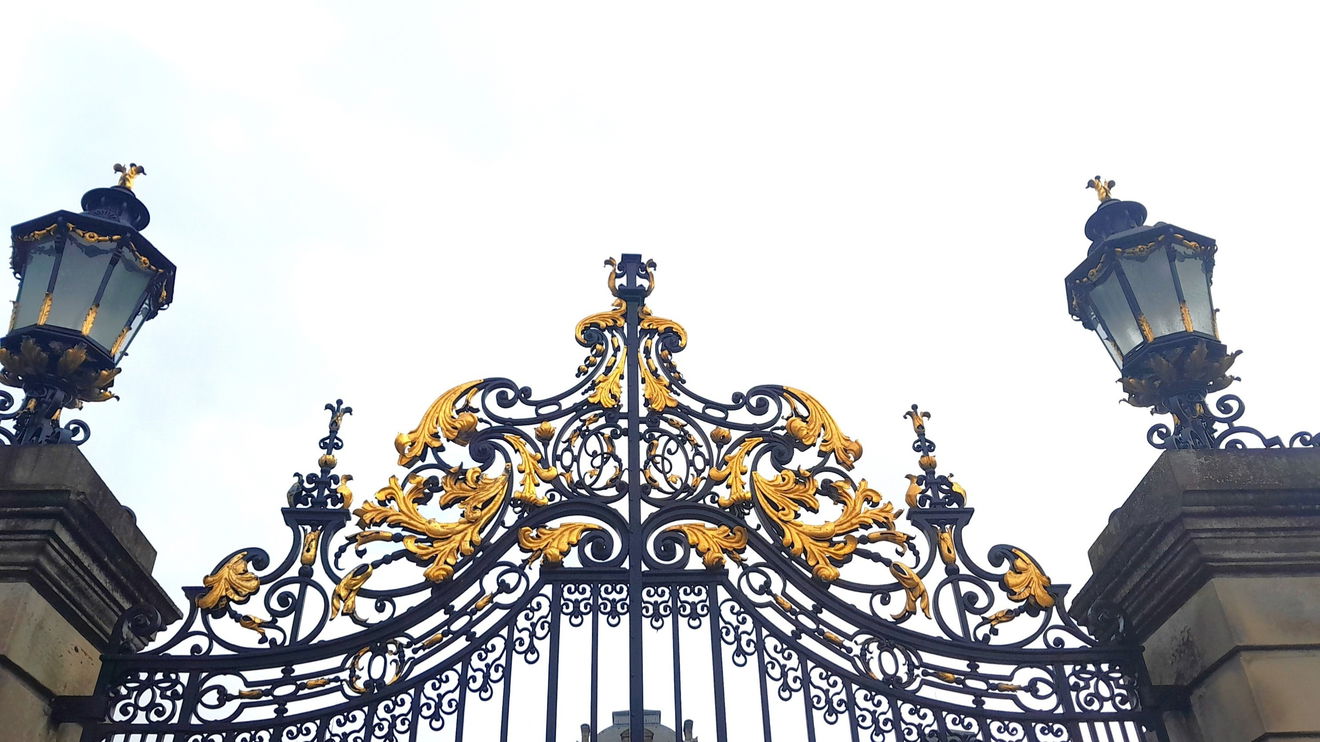
Although he was one of the wealthiest landowners in England John Bowes was not accepted by the aristocracy so maybe that is why in1847 John Bowes settled in Paris, France and purchased the Théâtre des Variétés, and took an interest in Theatre Management.
He met actress Joséphine Benoîte Coffin-Chevallier (1825 to 1874) whose stage name was Mademoiselle Delorme, taken from a play by Victor Hugo. The character was a woman of passion, wit, and vulnerability. Her roles were as a vaudeville performer, comedienne, and singer. John and Joséphine were like minded and became a couple. They were married in 1852 the same year he was High Sherrif of Durham. She was 27 years old and he was 41 years old. Mr Bowes's wedding gift to Josephine was the Chateau du Barry famous for it being home to one of King Louis XV mistresses.

Madame Bowes was the hostess of many a salon which is a gathering of people to share and exchange ideas. She was a patron of the arts and commissioned lots of plays. She could paint and was exhibited 4 times, once was at the Royal Academy London, most unusual for a lady at the time. You may see over 55 paintings by Joséphine at Bowes, typically landscape.
When they decided to create a museum they chose Barnard Castle as it was near Streatham Castle which was the ancestral home of the Bowes family.
They wanted it to be accessible to the 'ordinary' people of the north east too.
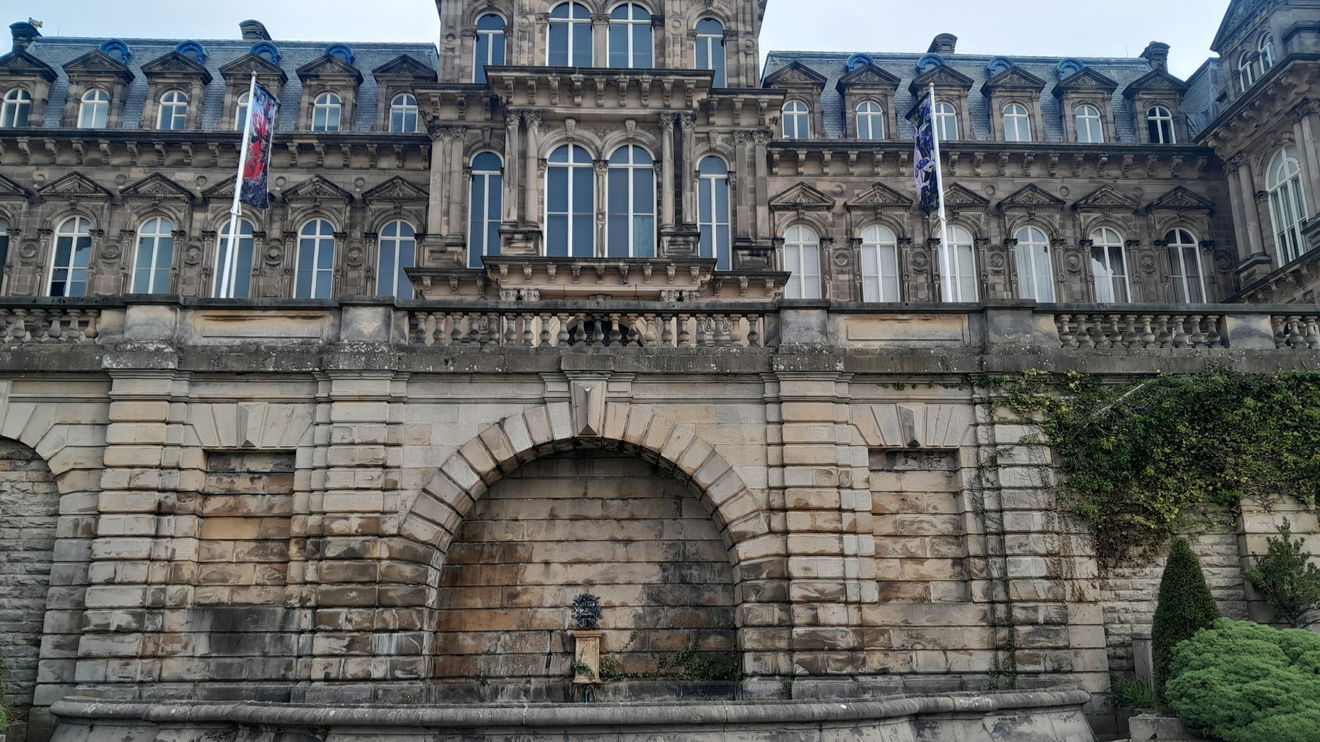
Unfortunately, in the 1850's Joséphine became ill, it is believed her conditions included asthma and bronchitis. This did not stop her desire to create this museum, John Bowes was just as keen and already had a considerable collection of art.
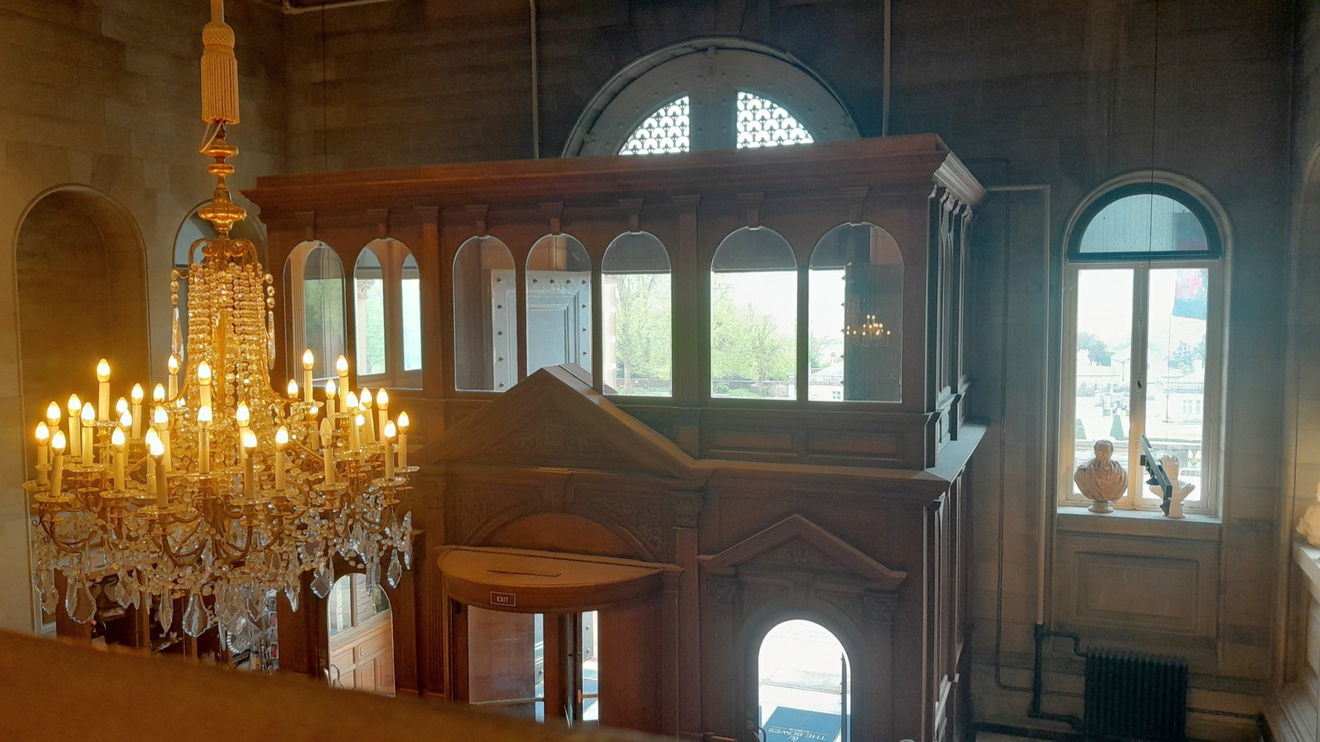
In 1862 Chateau du Barry was sold to help pay for The Bowes Museum and Joséphine sold her jewellery too.
In 1868 John Bowes purchased the title Countess of Montablo for his wife to raise her status.
The building of the museum was started in 1869. Joséphine laid the foundation stone with a silver trough and said “I lay the bottom stone, and you, Mr. Bowes, will lay the top stone”.
In 1874 in Paris, Josephine died of lung disease. I will suggest consumption (tuberculosis)? Rumours of 'scandalous afflictions were rife in their raffish circles' (Ms Hashagen, Bowes Museum). It is said John had a venereal disease and probably Josephine as well. As an 'actress,' she could have been the carrier. Maybe this is why they could not have children. As a result, there was a driver to leave a legacy as their estate would revert to the family, in which there was probably animosity.
John Died in 1885. So sadly neither saw the museum finished, but some trustees did and it opened in 1892.
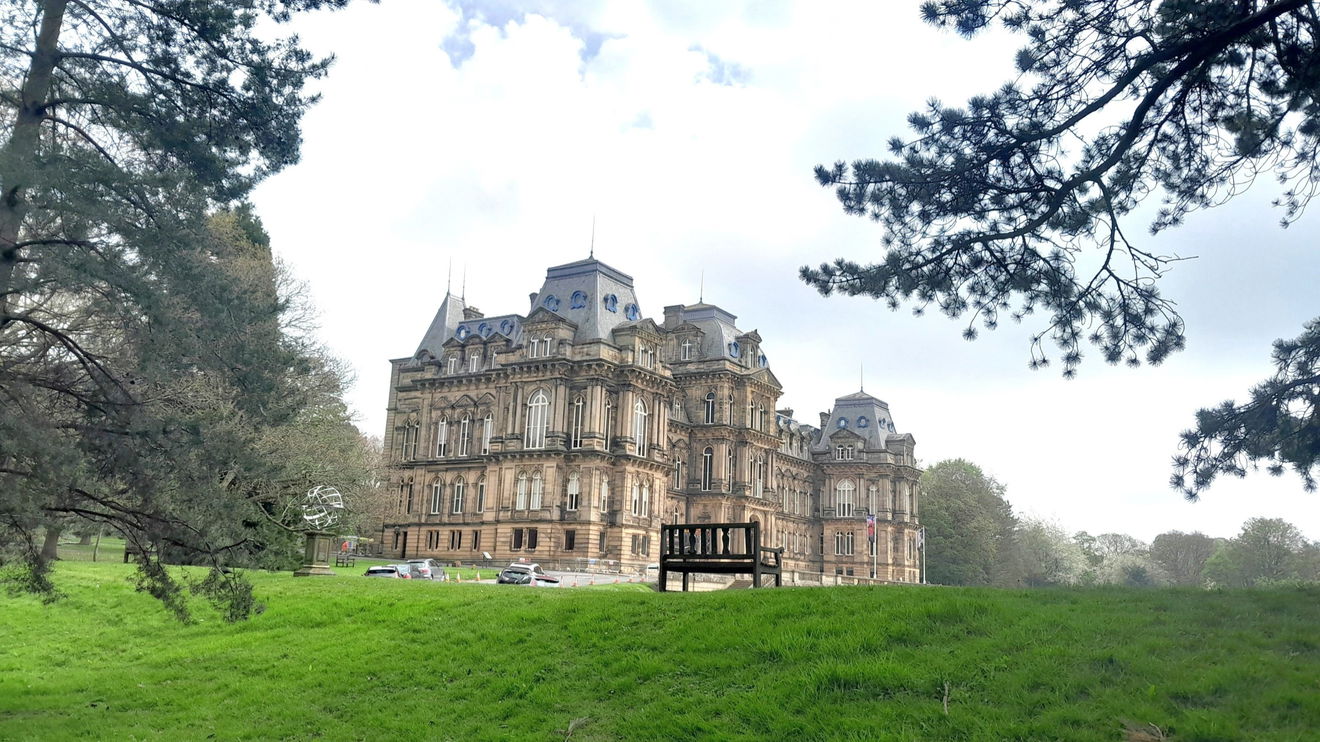
Many of the rooms have that feel of a stately home filled with furniture, objects d'art and paintings.

One room only got my attention to look up when I noticed handheld mirrors. The ceiling is covered with crests of the Bowes Family. I asked about it and Alison enlightened me with:
"If it's the shields in the ceiling in the Hive that you are referring to then it's thought that they may refer to a distant relative of John Bowes, Sir Adam Bowes (1275 - 1346) who descended from a cousin of Alan the Black, who, in the service of William the Conquerer, was appointed Captain of the Tower of Bowes and leader of 500 archers. The name Bowes was therefore assumed. His insignia bore three bows and a bundle of arrows."
"I believe that the Hive is called the Hive because it's a place that will be a hive of activity and where people will come together."
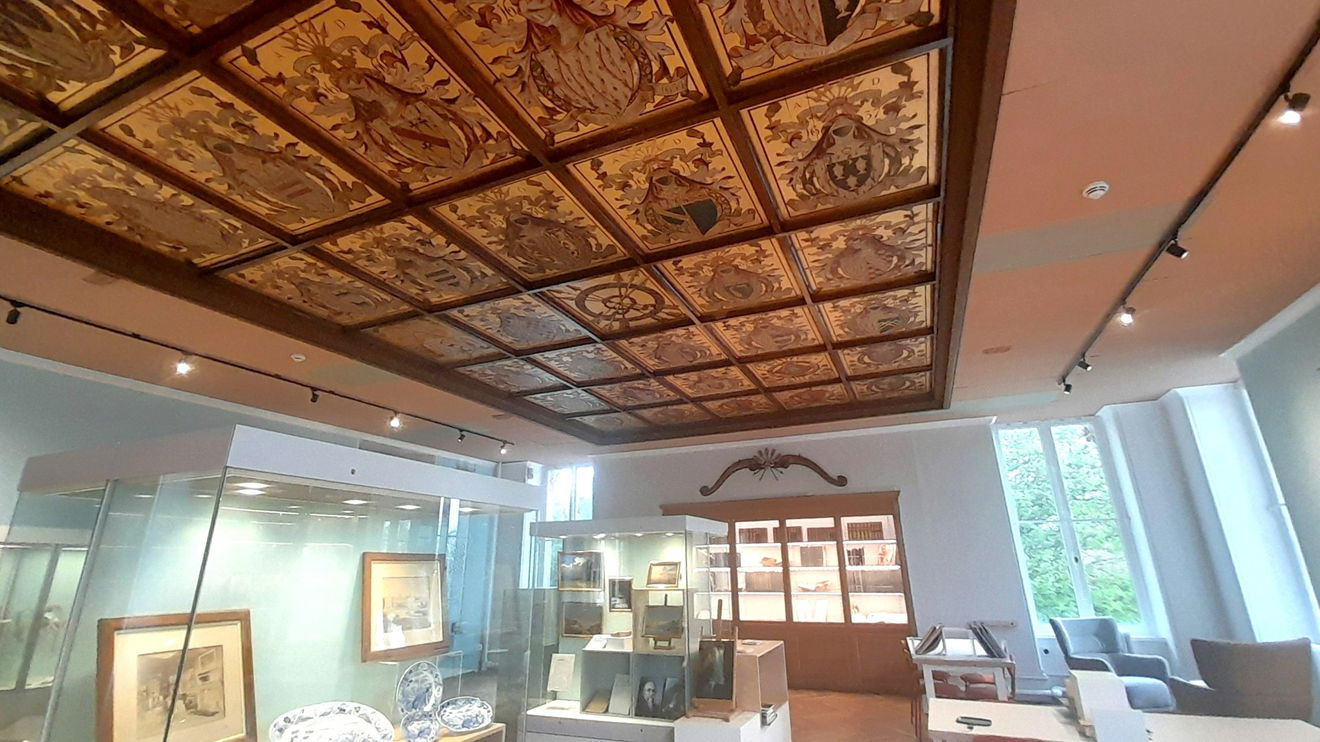


The second floor has several spectacular galleries of works by many eminent artist.
The pièce de résistance is The Silver Swan which Mr and Mrs Bowes purchased this for £200 from jewellers in Paris in 1872. The piece dates back to 1773.
There are 700 major components and when you closer look at the body and in particular the neck you can see tiny parts that make 1000's of components. It is a life-size Mute swan. There are 3 clockwork mechanisms. One for the music which there are 6 different tunes. One for the glass rods imitating the waters and one for the movement of the head neck, and fish. At the moment it is set in motion at two o'clock every day lasting 42 seconds. There is 30 lbs of silver. Smart observers may note that swans do not eat fish regularly!
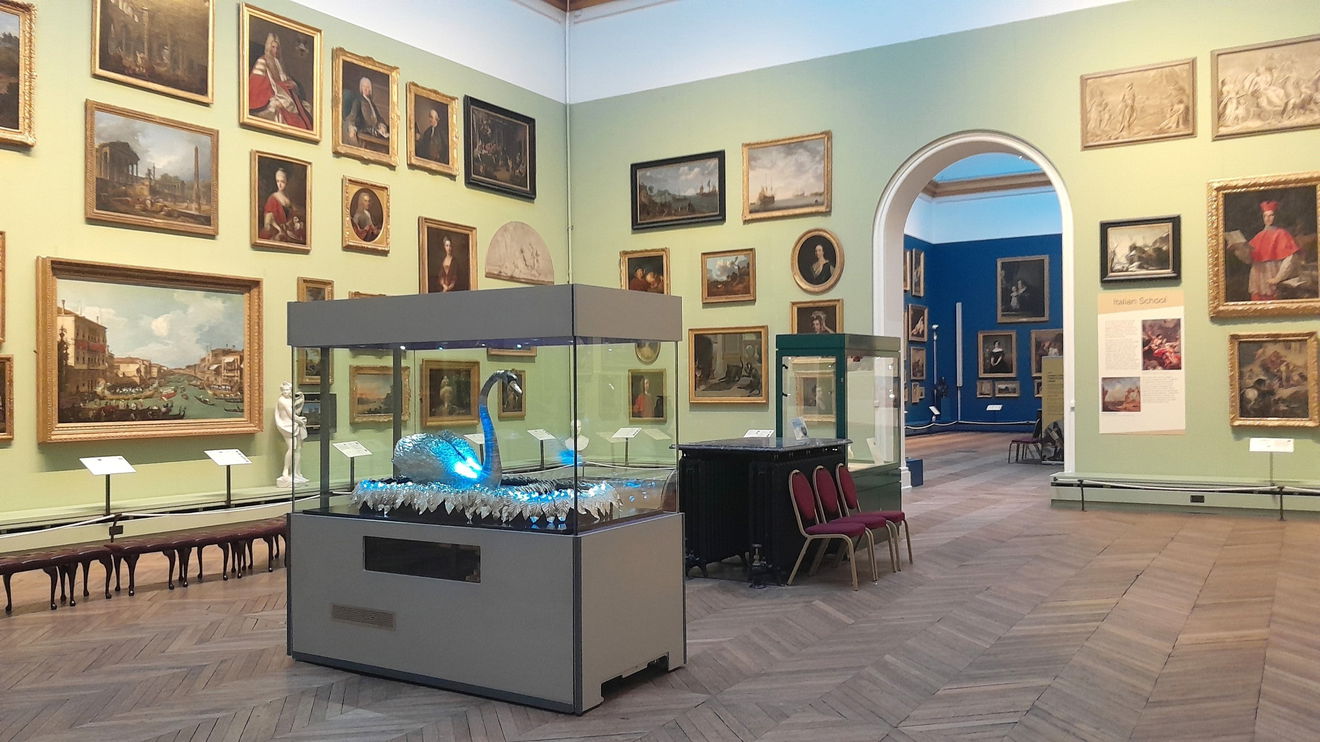



One of the galleries has a stunning Flemish Altarpiece, created by a man who only goes by the name Master of the View of St Gudule. Made in the 15th century. It depicts The Passion, Death, and Resurrection of Christ. For something that is 600 years old, it is well preserved.
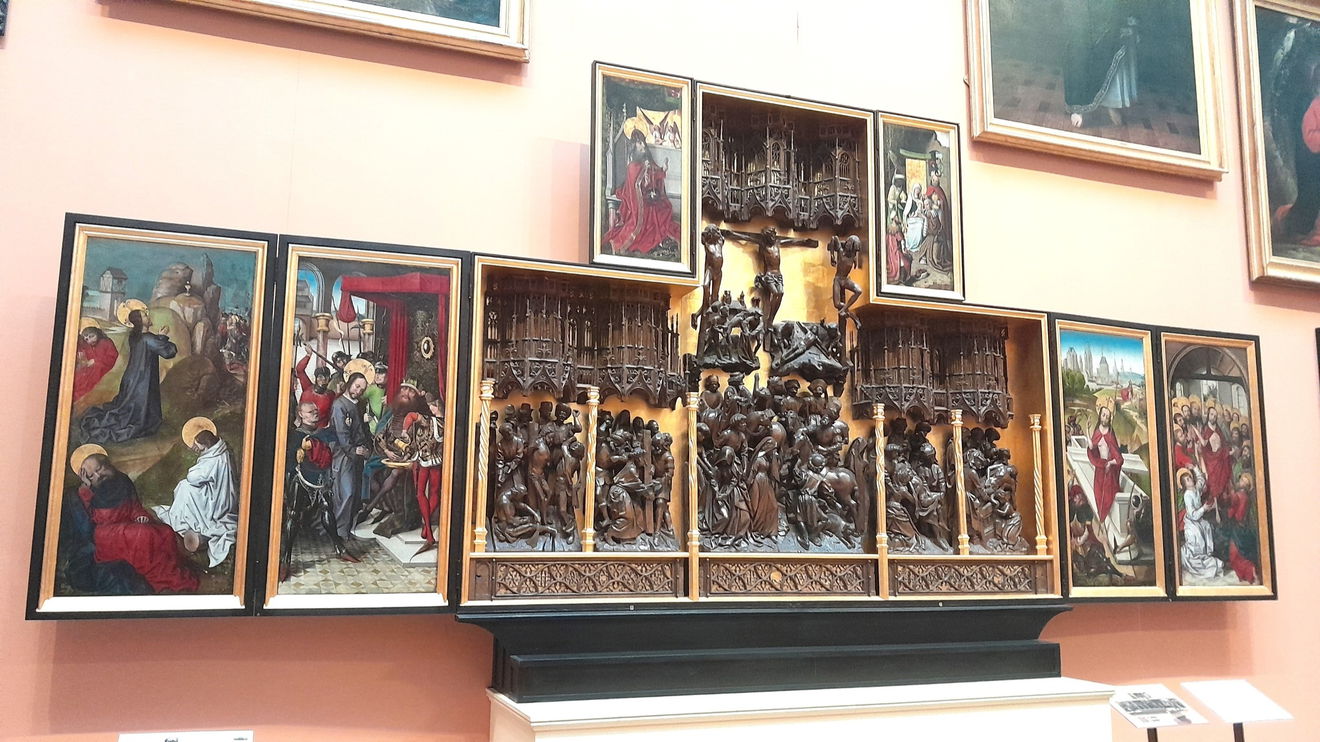

For fashion aficionados, there is a Vivienne Westwood display with a regal touch. Check out the headgear. There is also interest for any budding fashion designers out there.


In the learning vaults on the ground floor there is a delightful mouse Alison explains:
"The golden mouse was bought by the Museum founder Joséphine Bowes for her husband John in 1871. It's gold covered in wavy stripes of black enamel with irregularly placed spots of blue enamel, set with seed pearls of various sizes. The eyes are polished garnet."
Joséphine's pet name was 'Puss' so of course you'd give your husband a mouse for his 60th birthday and this one was clockwork, purchased in the same year as the swan. It has a travelling box and it is said Joséphine took it with her when away from John and could be the reason why some of the pearls are missing.
It scurries and spins about when wound up.
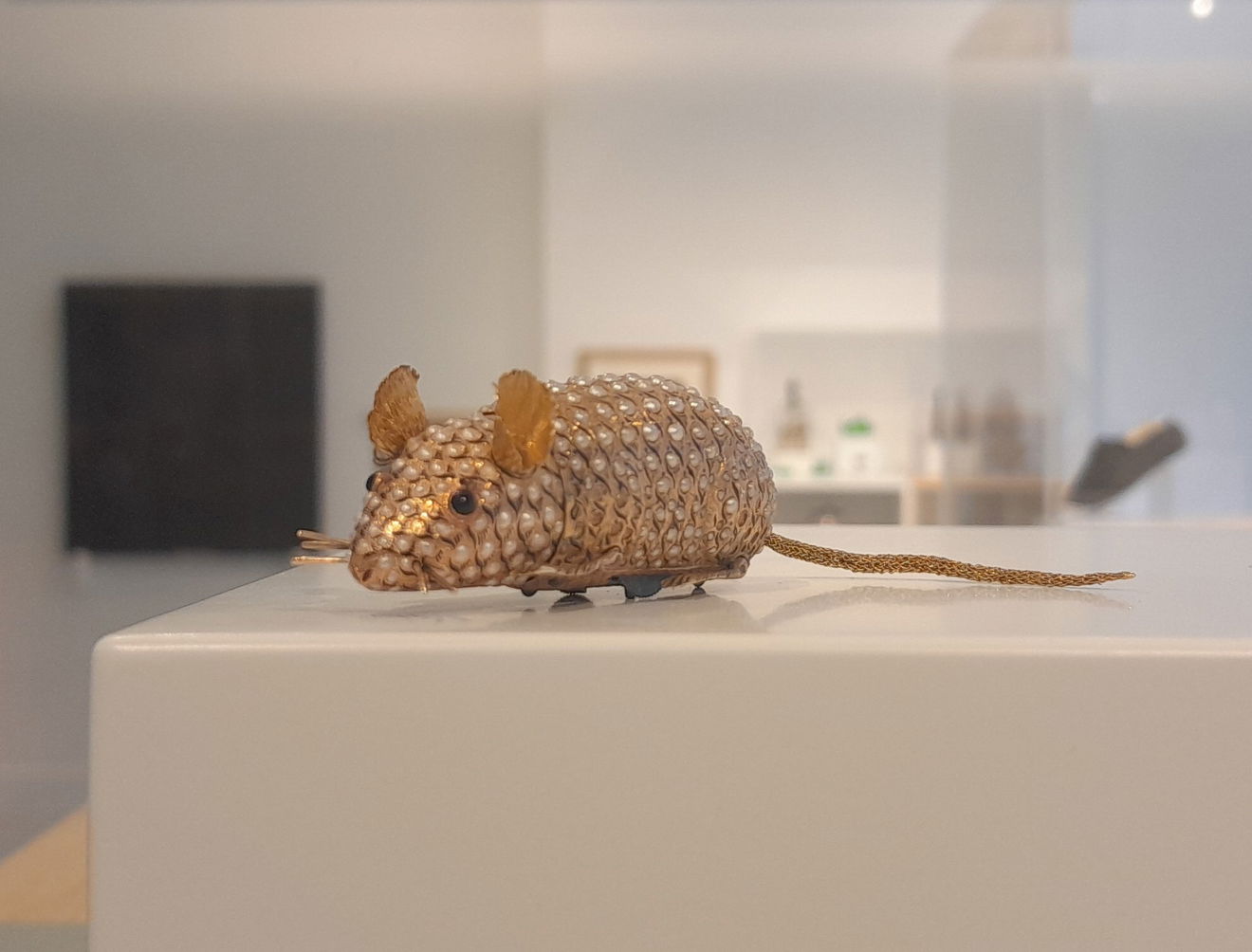
Displays will change. Whilst I was there Mummerations is worthy of a mention. There was a piece called Twelfth Night Pie by Bethan Maddocks 2022. Made from cut paper, wire, wood and has a motor.



A nice bonus was that the museum offers a local discount which I took advantage of. I live near to Durham City about 30 miles away. Nice one Bowes!
Thanks again to Alison White, the Marketing and Communications Coordinator at Bowes for her fabulous information to all my questions.
Get 3 points if you have visited this place. Already visited by 192 VIPs.
Login to the VIP area to add places to your bucket list, mark them as visited and more importantly see where you rank on the league table.
How To Find Bowes Museum
Where To Park For Bowes Museum?
Parking is available on site.
Contributed by Rosalind Parker
Thank you for reading. I hope it sparks your interest. It’s always a pleasure to get out and explore, whatever the weather. I enjoy uncovering little snippets of information, especially when they’re obscure, amusing, or meaningful. All photos were taken on a mobile phone.
More Places from Rosalind
More Places In Barnard Castle
Find more fabulous places in Barnard Castle, County Durham and if you know of a place we haven't listed, then let us know.
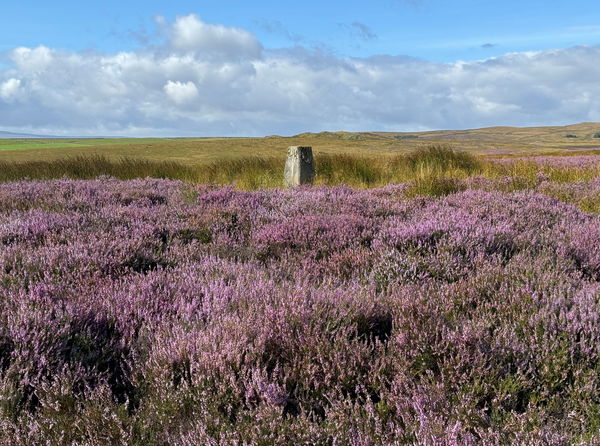
Currack Rigg Trig Point
Trig Point Barnard Castle County DurhamThe Currack Rigg trig point sits on moorland (304m) near Barnard Castle.

Moss Mire Trig Point
Trig Point Barnard Castle County DurhamThe Moss Mire trig point sits in a field opposite a disused quarry (308m) near Barnard Castle.
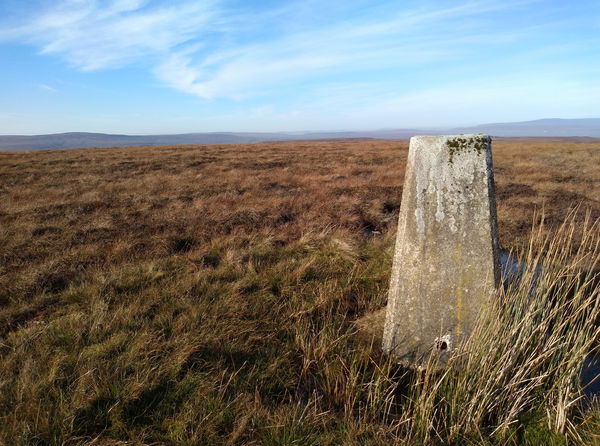
Hoove Faggergill Trig Point
Trig Point Barnard Castle County DurhamThe Hoove Faggergill trig point is sitting on Faggergill Moor (554m) near Barnard Castle.
More Museums
So this museum wasn't enough and you want more? Don't worry we have you covered.

Rotunda Museum
Museum Scarborough North YorkshirePhotogenic museum with geological interest and eclectic items dating to Georgian times.
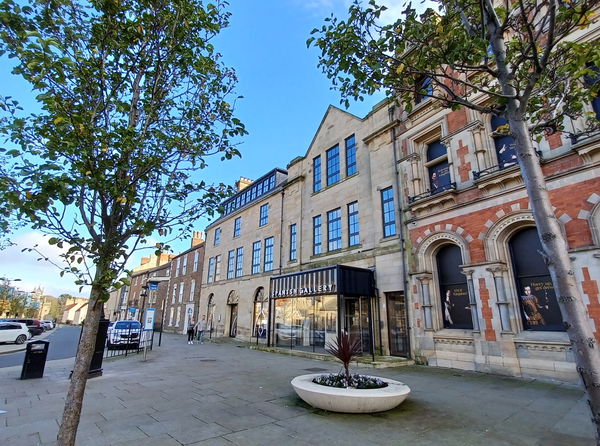
Spanish Gallery and Mining Art Gallery
Museum Bishop Auckland County DurhamTwo fantastic galleries in the heart of Bishop Auckland.

Locomotion
Museum Bishop Auckland County DurhamLocomotion in Shildon is a captivating railway museum that showcases the history of locomotives and their impact on transportation.
Never Miss A Fabulous Place
If you are afraid of missing out on all the fabulous places we post, or just want to be the first to know, then sign up to the Fabulous North.
Each week we will email you all the brand new places that we visit.
Sign Up To AlertsFind Us On Facebook
We post all our new places daily on our Facebook Groups page, so join the group today and be notified when we add a new place.
Join Our Facebook GroupBowes Museum was listed in Museum // County Durham // Barnard Castle

